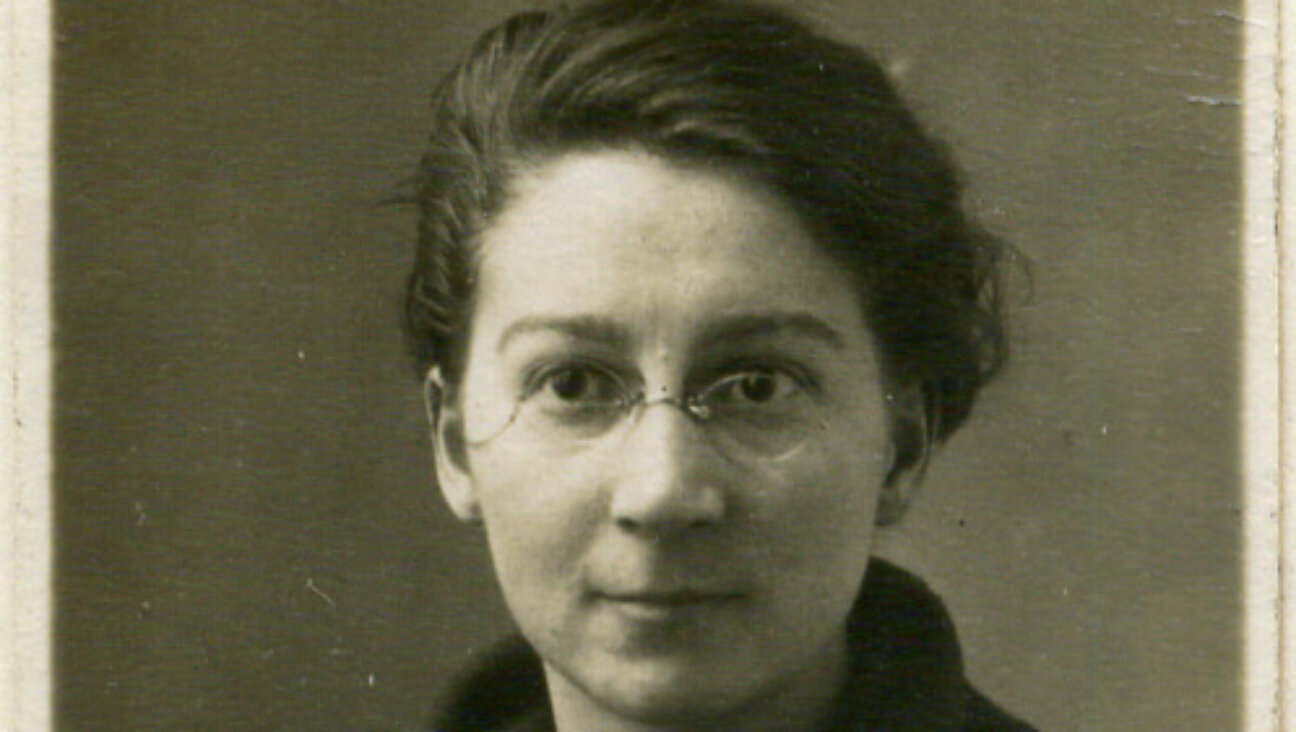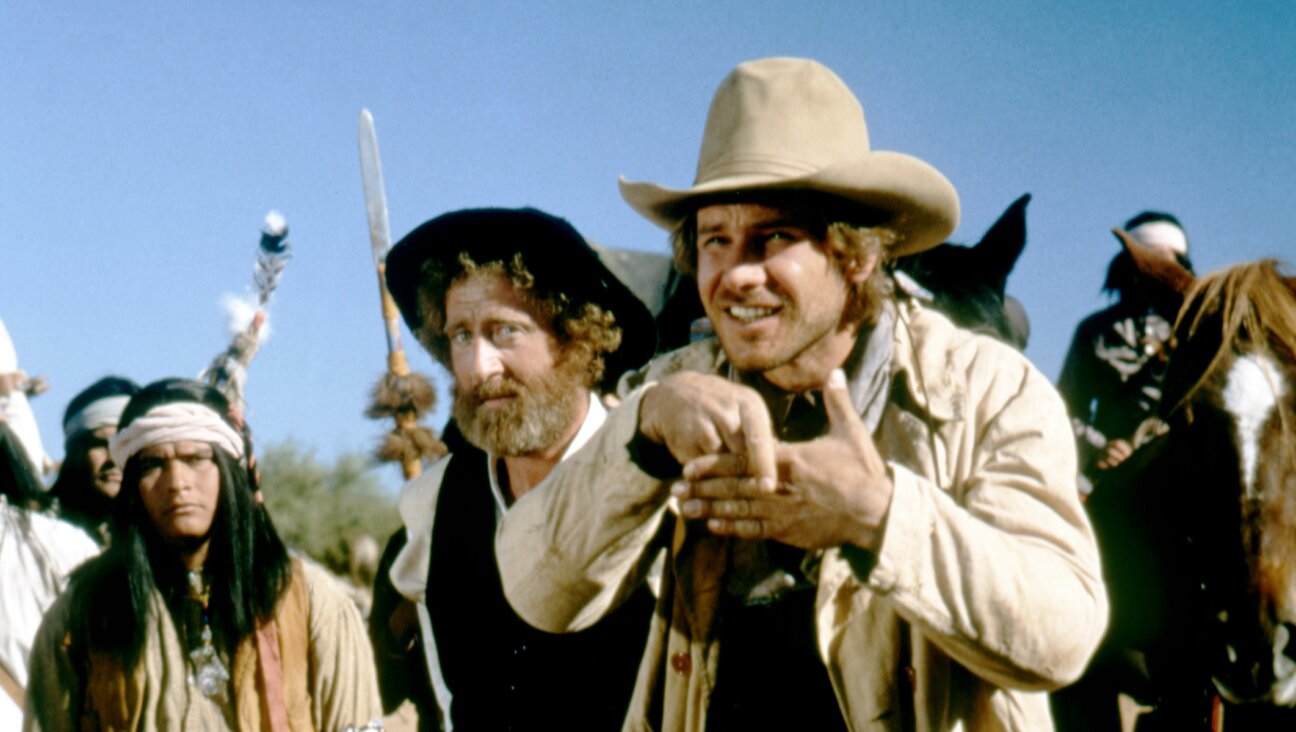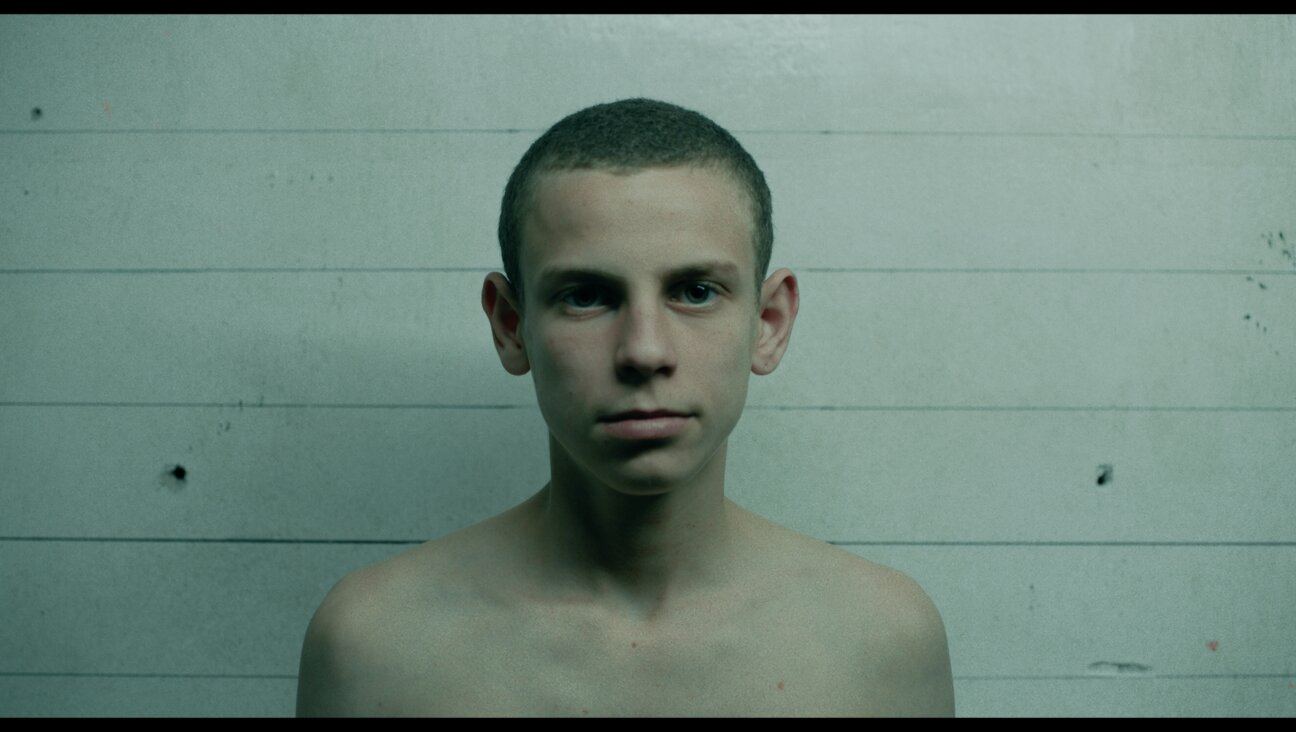The Secret Jewish History Of SpongeBob Squarepants

SpongeBob Squarepants has been delighting children since 1999. Image by Getty Images/Greg Doherty/Contributor
On November 26 Stephen Hillenburg, the unassuming marine biologist who reached millions with his cartoon creation SpongeBob Squarepants passed away from complications of ALS. Hillenburg was 57.
Eternally optimistic, absorbent, yellow and porous, Hillenburg’s signature creation truly needs no introduction, nor does his permanent residence in a pineapple under the sea. But how did such a strange creature, a sea sponge from the phylum porifera in geometric trousers, come to be so popular? The Jews had a bit of a hand in it.
In the 1980s Hillenburg was working at the Orange County Marine Institute when he was tasked with creating an educational comic for kids. The comic feature an early version of SpongeBob (a Doodle Bob, if you will) called Bob the Sponge. By 1987, Hillenburg’s lifelong interest in art and undersea life moved him to leave the world of science to become an animator. Hillenburg applied to CalArts Experimental Animation Program with his educational comic, “The Intertidal Zone,” and was accepted in 1989. There he worked under his mentor, the Jewish artist Jules Engel who founded the program.
After graduating Hillenburg worked on the Nickelodeon show “Rocko’s Modern Life” as an animation director. The show ended in 1996, but his relationship with the studio allowed him to pitch a new cartoon.
In 1997, togged in a Hawaiian shirt, he rolled an underwater terrarium into Nickelodeon Studios. Inside were more evolved models of his “Intertidal” characters. Bob the Sponge was now SpongeBob, a wide-eyed innocent, happy in his menial fry cook job with a personality drawn from Charlie Chaplin, Jerry Lewis and Paul Reubens’ beloved man-child Pee-Wee Herman.
“SpongeBob Squarepants” aired in 1999, with its title character voiced by Tom Kenny and surrounded by a menagerie of supporting characters like Rodger Bumpass’s peeved octopus Squidward Tentacles, dim-witted starfish Patrick Star, voiced by Bill Fagerbakke and the Texas-born undersea squirrel Sandy Cheeks played by Carolyn Lawrence. In a flash the zany cartoon was the stuff of Macy’s Thanksgiving Day balloons and branded snow cone machines.
By 2017, after two hit films and over 200 episodes, the only place left for the saffron invertebrate to conquer was the Great White Way. Jewish producer and director Tina Landau groomed SpongeBob for Broadway, recruiting a pool of star musicians like David Bowie, The Flaming Lips and John Legend to pen the songs. Landau directed the musical, which was tied together with bookend numbers by “Ask Me Another” house musician Jonathan Coulton, known for his track “Wikipedia Chanukah.”
And while it’s fair to say “absorbent and yellow and goyische is he” for the original casting of the titular square hero, for the Broadway version, Ethan Slater, a twenty-five year old Jewish kid from Silver Springs, Maryland stepped into the knee-high tube socks. Slater won a Drama Desk Award, Outer Critics Circle Award, a Theater World award and two Broadway.com Audience Awards for his performance. He was nominated for a Tony, too.
“I would say that SpongeBob at his core is this optimistic, loving, best friend,” Slater told Newsweek this April. “Getting to play him every day has sort of rubbed off on me and improved my life.”
For almost two decades that optimism has proved infectious. And to think it all began with a desire to teach kids about a common, undersea invertebrate
PJ Grisar is the Forward’s culture intern. He can be reached at [email protected].
The Forward is free to read, but it isn’t free to produce

I hope you appreciated this article. Before you go, I’d like to ask you to please support the Forward.
Now more than ever, American Jews need independent news they can trust, with reporting driven by truth, not ideology. We serve you, not any ideological agenda.
At a time when other newsrooms are closing or cutting back, the Forward has removed its paywall and invested additional resources to report on the ground from Israel and around the U.S. on the impact of the war, rising antisemitism and polarized discourse.
This is a great time to support independent Jewish journalism you rely on. Make a gift today!
— Rachel Fishman Feddersen, Publisher and CEO
Support our mission to tell the Jewish story fully and fairly.
Most Popular
- 1

Fast Forward Ye debuts ‘Heil Hitler’ music video that includes a sample of a Hitler speech
- 2

Opinion It looks like Israel totally underestimated Trump
- 3

Culture Is Pope Leo Jewish? Ask his distant cousins — like me
- 4

Fast Forward Student suspended for ‘F— the Jews’ video defends himself on antisemitic podcast
In Case You Missed It
-

Culture The woman who saved stolen Jewish art — and the writer who is finally telling her story
-

Fast Forward Israel’s Eurovision contestant, Yuval Raphael, says she’s focused on the music, not the protests
-

Fast Forward Trump’s Qatari jet gift sparks rare Jewish MAGA backlash
-

Fast Forward For the first time since Henry VIII created the role, a Jew will helm Hebrew studies at Cambridge
-
Shop the Forward Store
100% of profits support our journalism
Republish This Story
Please read before republishing
We’re happy to make this story available to republish for free, unless it originated with JTA, Haaretz or another publication (as indicated on the article) and as long as you follow our guidelines.
You must comply with the following:
- Credit the Forward
- Retain our pixel
- Preserve our canonical link in Google search
- Add a noindex tag in Google search
See our full guidelines for more information, and this guide for detail about canonical URLs.
To republish, copy the HTML by clicking on the yellow button to the right; it includes our tracking pixel, all paragraph styles and hyperlinks, the author byline and credit to the Forward. It does not include images; to avoid copyright violations, you must add them manually, following our guidelines. Please email us at [email protected], subject line “republish,” with any questions or to let us know what stories you’re picking up.
















